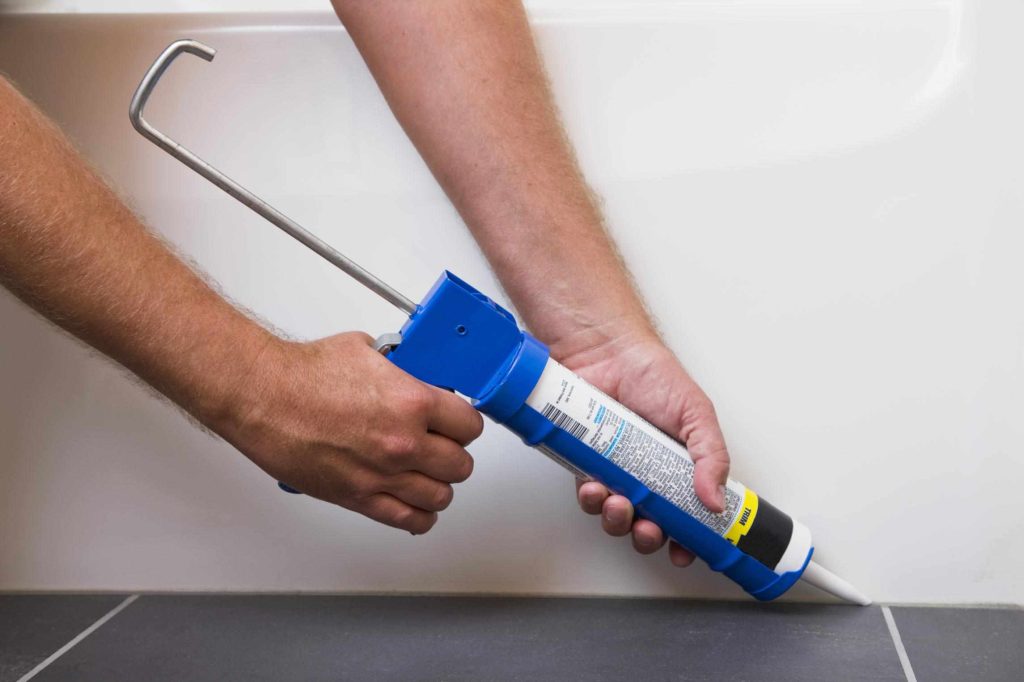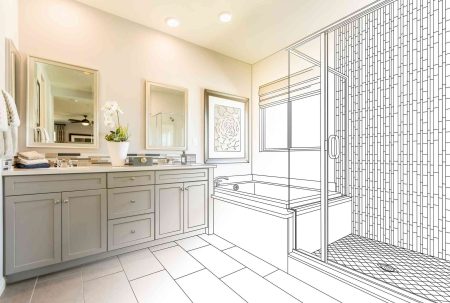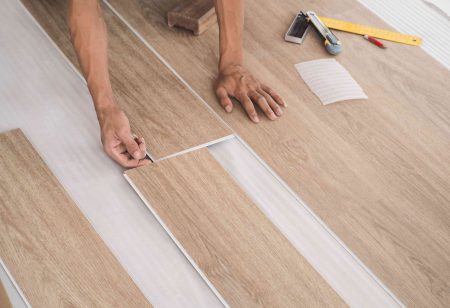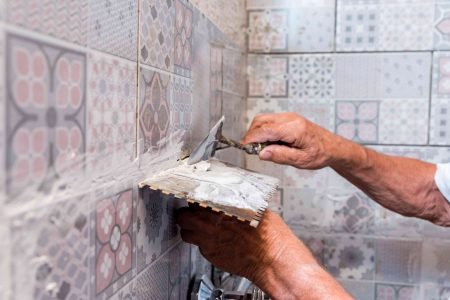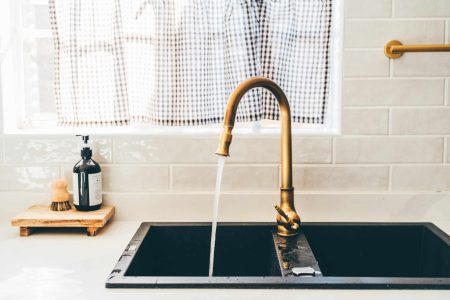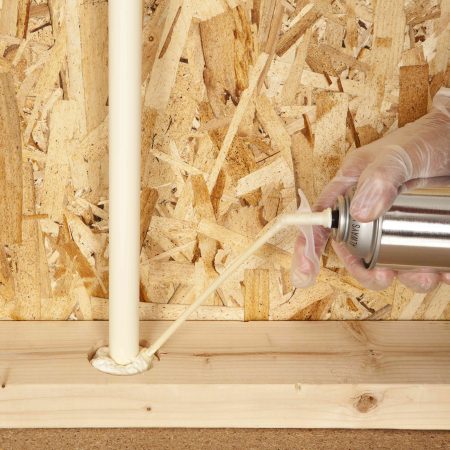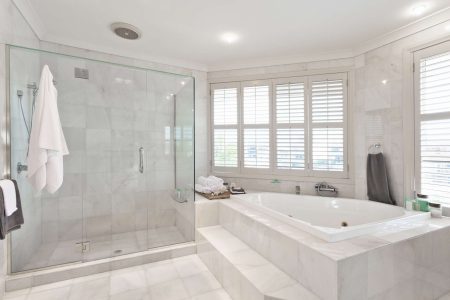While soundproofing involves a battery of several tactics—some of them quite elaborate—there is one surprisingly easy and inexpensive way to cut down on the sound: acoustic caulking. But is acoustic caulk worth it? It’s a very cheap fix and for very little effort, caulking can reduce outside sound by as much as 15 percent, though it’s best when used in conjunction with other methods, such as weatherstripping under doors and around windows. It doesn’t seem like acoustic caulk should work, but it does. It’s as simple as applying caulking to cracks in walls and floorboards, around windows, and even around electrical covers. Read on for our guide to using acoustic calk for soundproofing.
What Is Acoustic Calk?
Acoustic caulk is a latex-based product (not silicone-based like regular caulk) and it stays flexible rather than hardening, so it won’t shrink or cause gaps and cracks that would otherwise let sound escape. Though acoustic caulk costs more than regular silicone caulk, it’s worth the cost.
Acoustic Caulk vs. Regular Caulk
You’ll achieve better results if you use the right type of caulk; acoustic caulk (also called acoustical sound sealant or noise-proofing sealant) is better than regular silicone caulk. Silicone sealant is good to keep air from getting through cracks but isn’t usually good for soundproofing.
Where to Apply Acoustic Caulk
Think of the room that you want quieter as having air flowing into it from the outside. How is the air coming into your room? Even very narrow seeps of air carry sound. Remember that sound is caused by vibrations traveling through the air. The type of thinking that is used to detect cold air coming into your house is the same type of thinking needed to detect sound carried by airflow. So where is it coming from?
- Around receptacle boxes
- Ceiling receptacle lights
- Cracks above windows or doors
- Poorly fitting windows
- Misaligned doors
- Gaps in wall insulation
- Thin wall patches (holes in walls patched not with drywall but with fiberglass patch material)
- Cracks in floorboards
What You’ll Need
Equipment / Tools
- Thermal camera
- Caulking gun
- Screwdriver
- Appropriate tools for painting
- Appropriate tools for drywall mudding and repair
Materials
- Caulk (interior or exterior grade, depending upon your needs)
- Foam outlet insulation
- Storm window
- Storm door
- Drywall compound
- Interior paint
- Weatherstripping
Instructions
How to Use Acoustic Caulk
-
Start With the Outlets
Carefully remove the outlet covers. Install thin foam insulation pads inside the covers and replace them. Caulk around outlet boxes for a tight seal.
-
Install Weatherstripping
Install weatherstripping along the leading edge of windows. Place weatherstripping in large cracks around doors and windows.
-
Work on the Drywall
Fill small holes or cracks in drywall with caulking.
Fill in large holes with material that matches the surrounding surface. Large holes in drywall should be patched with drywall, taped, mudded, sanded, and painted.
-
Look at the Floors
Fill in cracks in floorboards. Be sure to use an appropriate caulk that is designed for use on floors, especially if those floors are made of real wood.
-
Use Storm Windows and Doors
Put up storm windows to create an added layer of protection against cold air and noise. Install a storm door to help reduce the sound coming in around the edges of the door.
-
Repair Windows and Doors
Repair windows so that they close tightly. If you cannot repair the window, have it replaced. Do the same with the doors that lead into the room.
Soundproofing Tips and Tricks
Reducing Airflow Helps Reduce Sound
One easy way to cut down on the transmission of sound is to reduce airflow. Sound is borne by air since sound is vibration traveling through the air. Wind promotes the transmission of sound even more.
If this seems improbable, it’s easy to conduct a simple test of this notion. Crack open a window by 1/2-inch or even as narrow as 1/4-inch. Take note of the sound level in the room. Shut the window and notice how the sound changes.
Using a Thermal Camera to Locate Sound
Since cracks that permit cold air are the same cracks that permit sound, use a tool that contractors employ to find out where the cold air is coming from—a thermal camera. Through the camera’s app, all of the cold air entering your home will be identified in darker colors like blue or green.
You can only use a thermal camera when there is a sharp contrast between the inside and outside temperatures. Given that, fall or winter are the best months to use a thermal camera to locate cracks that permit both cold air and sound.
-
Does acoustic caulk actually work?
Yes, acoustic caulk actually works and is worth the cost. It can provide a sound barrier and is more cost-effective than professional soundproofing.
-
Can you make a room 100 percent soundproof?
No, you cannot completely soundproof a room as sound travels through air, but you can get extremely close by considering where sound is entering from and any reflection points for sound.
-
How do I stop noise coming through walls?
Acoustic wall panels and acoustic blankets are the best materials for blocking sound from coming through walls. Whatever sound does transmit through the walls can be absorbed by the wall panels or blankets. Also try replacing a hollow door with a solid, soundproof interior door.
Read the full article here







